Walk into any city street in 2025 and you’ll see a parade of subtle creatures: serpentine boots, butterfly-luminous jackets, and silhouettes that stalk or glide. Fashion, it turns out, is one of our most public science experiments in identity, and animals are the recurring model organism. Researchers in psychology, anthropology, and materials science are increasingly mapping how wild archetypes seep into the fabrics we choose and the moods we broadcast. The mystery isn’t whether this happens; it’s how and why our brains and cultures keep returning to the animal world for cues. The discovery is that decoding those cues can change how we design, buy, and even feel in our clothes.
The Hidden Clues
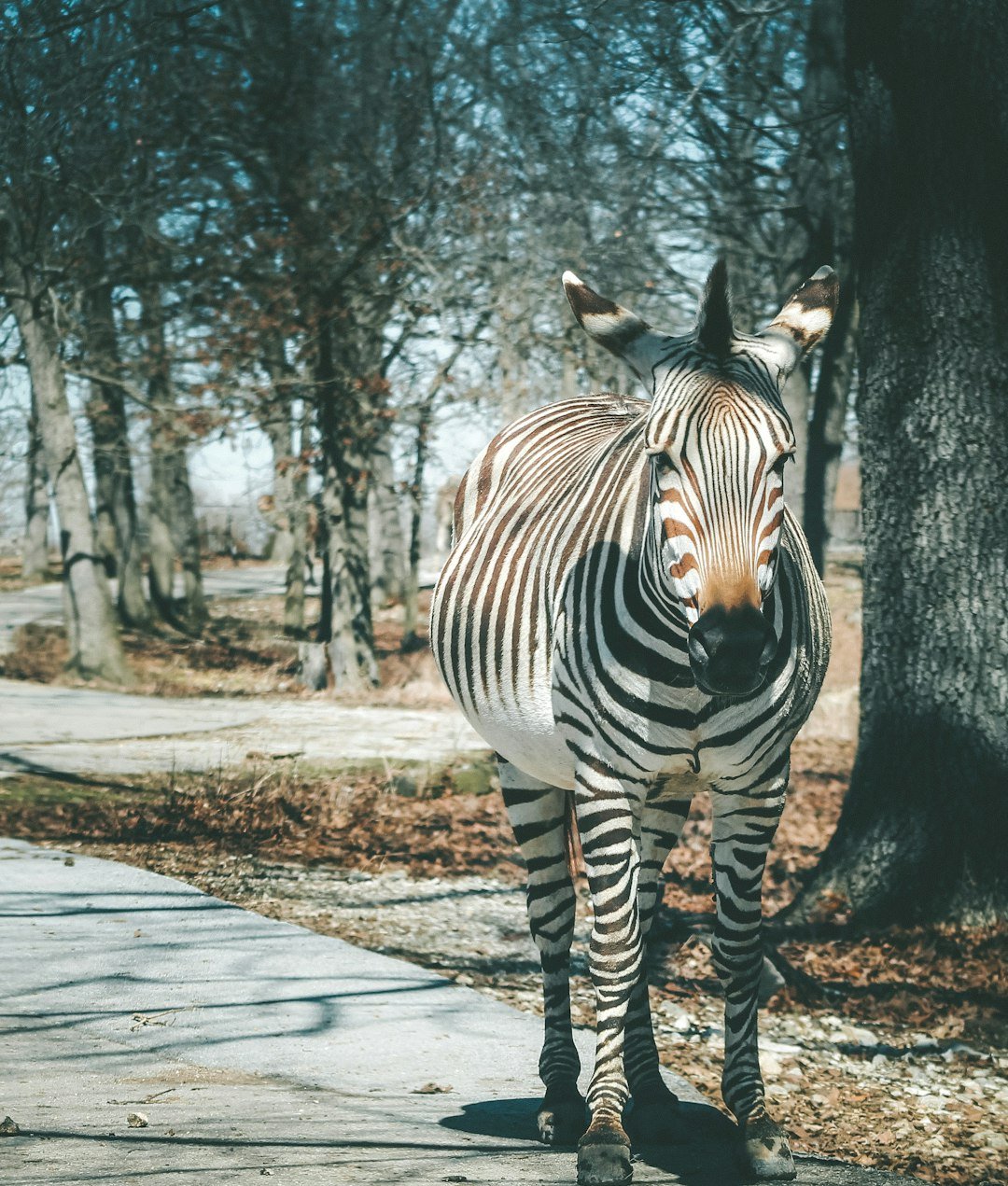
What if your favorite jacket is really a quiet fox, and your go-to sneakers, a hummingbird mid-hover? Scan a wardrobe and you’ll notice patterns of instinct: predatory shoulders that sharpen like a hawk’s silhouette, fluid dresses that ripple like a stingray, soft knits that curl into bear-cub safety. Our minds read these shapes fast, long before the care label has a chance to speak. That snap judgment is rooted in visual ecology – predators and prey evolved to notice outline, motion, and texture – and we bring those same detectors into fitting rooms. When a coat “feels brave,” a part of your brain is running an ancient recognition algorithm.
I still remember standing in a thrift store, torn between a sleek black blazer and a shaggy cardigan that felt like a friendly dog. The blazer made me stand taller; the cardigan made strangers smile at me first. That tiny A/B test, as unscientific as it sounds, mirrored what many labs report more formally: the styles we wear nudge our posture, our choices, and the social feedback we attract. Spirit animal isn’t a mystical label here – it’s shorthand for the cluster of traits a garment suggests, then amplifies. Once you notice, it’s hard to unsee.
From Ancient Totems to Modern Closets
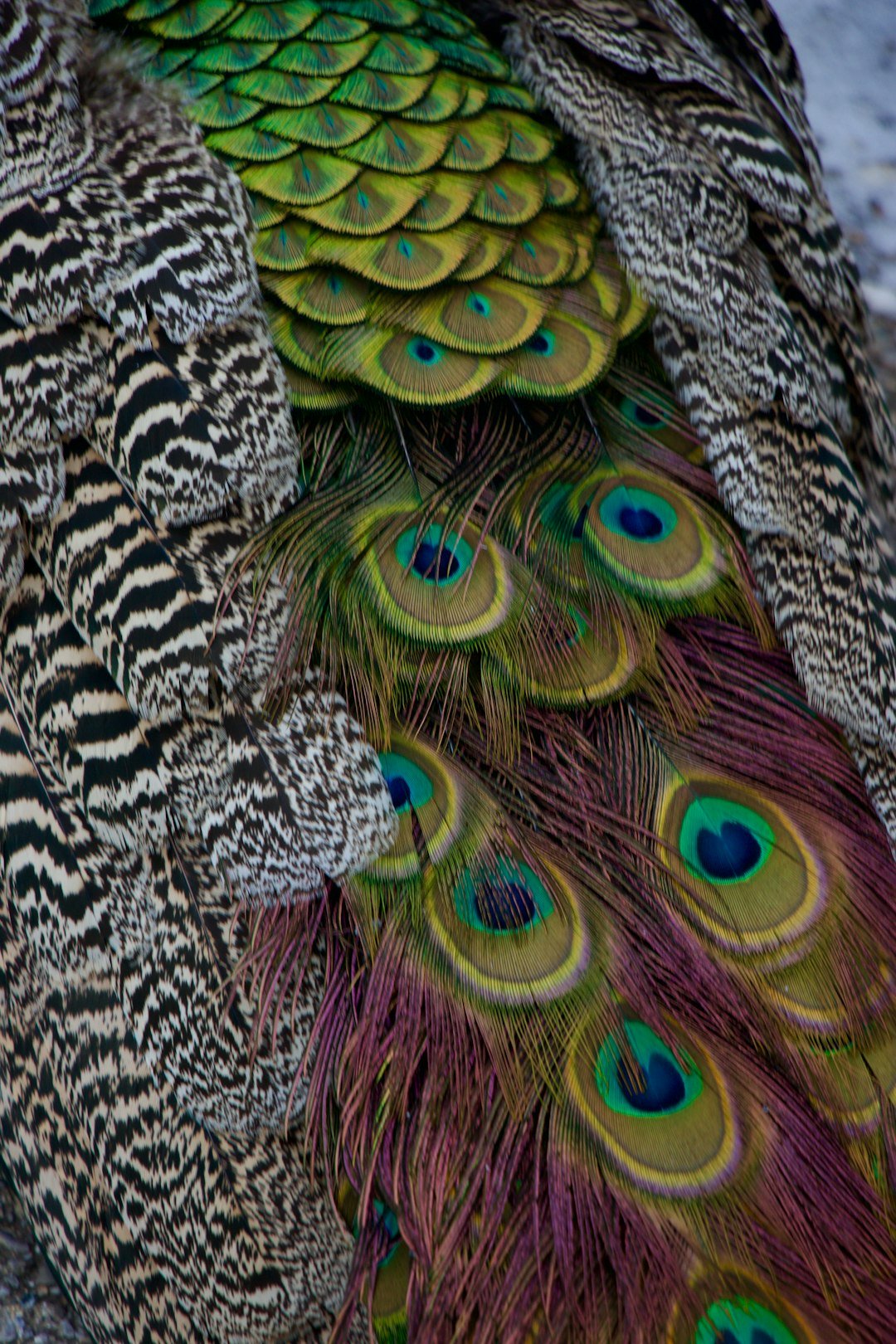
Across human history, animals have served as emblems of kinship, courage, and place – from clan totems and heraldic beasts to embroidered cranes and carved jaguars. Those symbols condensed stories into a single glance, telling others who you were aligned with and what you valued. Today’s wardrobes recycle that code with fresher ink: a crocodile on a polo, a swooping bird on a cap, a tiger threaded across denim. The function hasn’t vanished; it has shifted from lineage to lifestyle, tribe to taste. The continuity is striking – fabrics remain a public language where animals are the alphabet.
Global fashion also riffs on local ecologies, sometimes respectfully, sometimes carelessly. Artisans who weave salmon, bison, or swallow motifs tie clothing to landscapes and seasons, making garments feel anchored rather than generic. When designers borrow without context, meaning gets flattened; when they collaborate, the symbolism stays alive and specific. Either way, the instinct to dress in stories of animals persists, reminding us that style is a moving archive of human-nature entanglement. And that archive is being annotated by science at a rapid clip.
The Psychology Thread: Enclothed Cognition and Identity
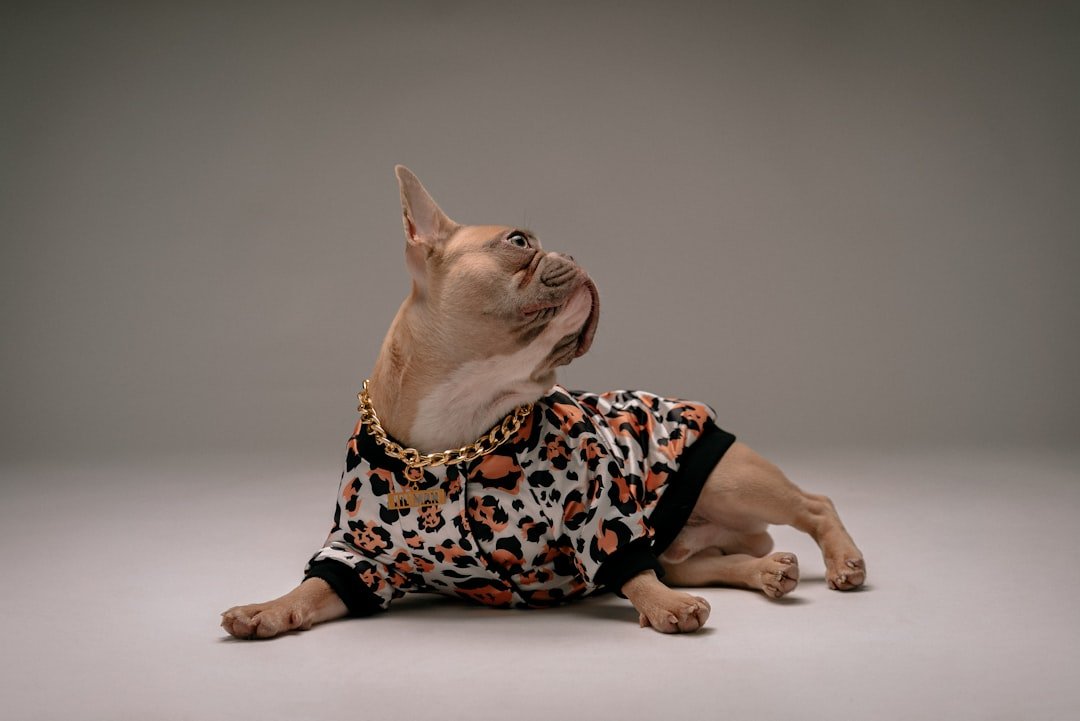
Psychologists use the term enclothed cognition to describe how what we wear can alter how we think and act, especially when a garment carries strong symbolic meaning. A tailored, panther-sleek outfit may prime focus and control, while a moth-soft sweater may cue warmth and approachability. The effect isn’t magic; it’s association plus embodiment, where meaning meets muscle memory. Pair that with anthropomorphism – our habit of mapping animal traits onto human behavior – and your wardrobe becomes a shortcut to certain mindsets. The brain saves effort by leaning on familiar archetypes.
None of this locks you into one persona, and context matters a lot. A leopard-print blazer sends a different message at a gallery opening than at a job interview, and your internal state can amplify or dampen the signal. Still, researchers keep finding that clothes can tweak attention, risk-taking, and social confidence within realistic bounds. When animal-coded design layers atop those effects, the nudge becomes easier to predict. Your spirit animal isn’t destiny; it’s a lever you can pull.
Animal Archetypes in Fabric and Form
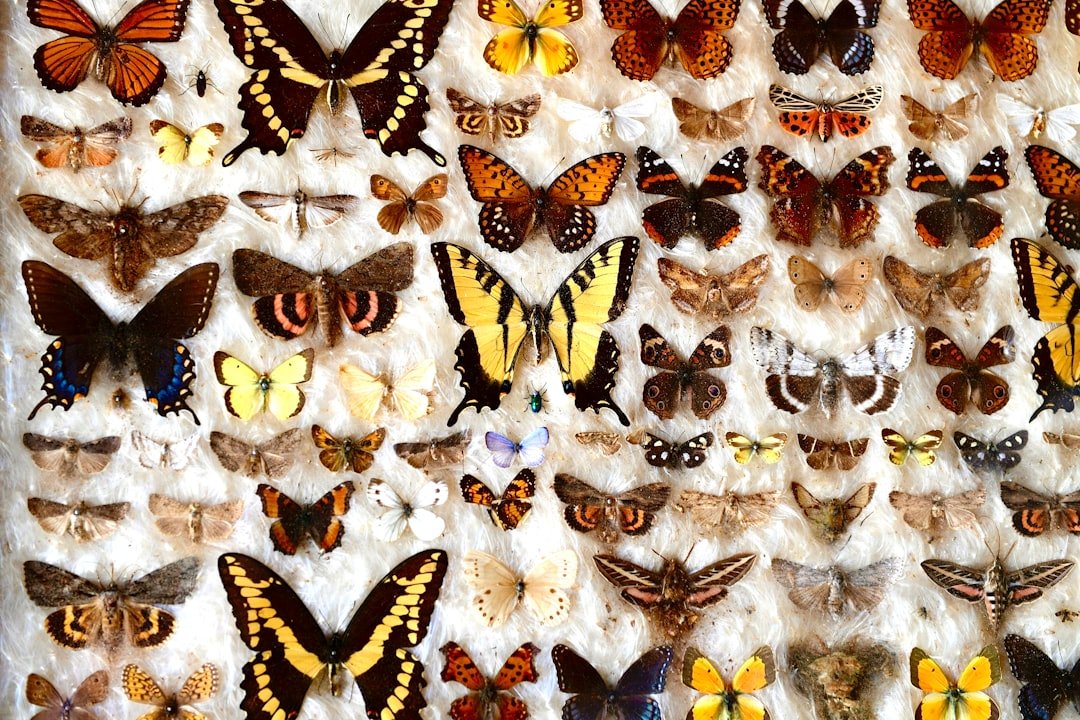
If you gravitate to clean lines, matte textures, and understated movement, you might be dressing like a fox – quiet, strategic, a whisper that still gets its way. Fans of sharp monochrome and smooth, uninterrupted surfaces often echo the panther archetype, broadcasting precision and nocturnal calm. Lovers of layered knits, oversized scarves, and bookish accessories tilt owl – observant, contemplative, signaling time spent on ideas. Utility vests, trail-worthy boots, and pack-friendly totes lean wolf, telegraphing readiness and loyalty to a small crew. Vivid palettes, iridescent finishes, and light-catching jewelry hum with hummingbird energy: kinetic, social, curious.
These archetypes are tools, not cages, and they work best when mixed. A fox foundation with a hummingbird pop can read as both strategic and playful, while a wolf base with owl details can soften ruggedness with reflection. Try the experiment: wear your “panther” day to a high-stakes meeting, then a “bear-cub” cardigan to decompress with friends, and jot what changes. Fashion becomes a personal field study rather than a shopping list. You’re not chasing a label; you’re testing a hypothesis about yourself.
Lab to Runway: Biomimicry and Material Science
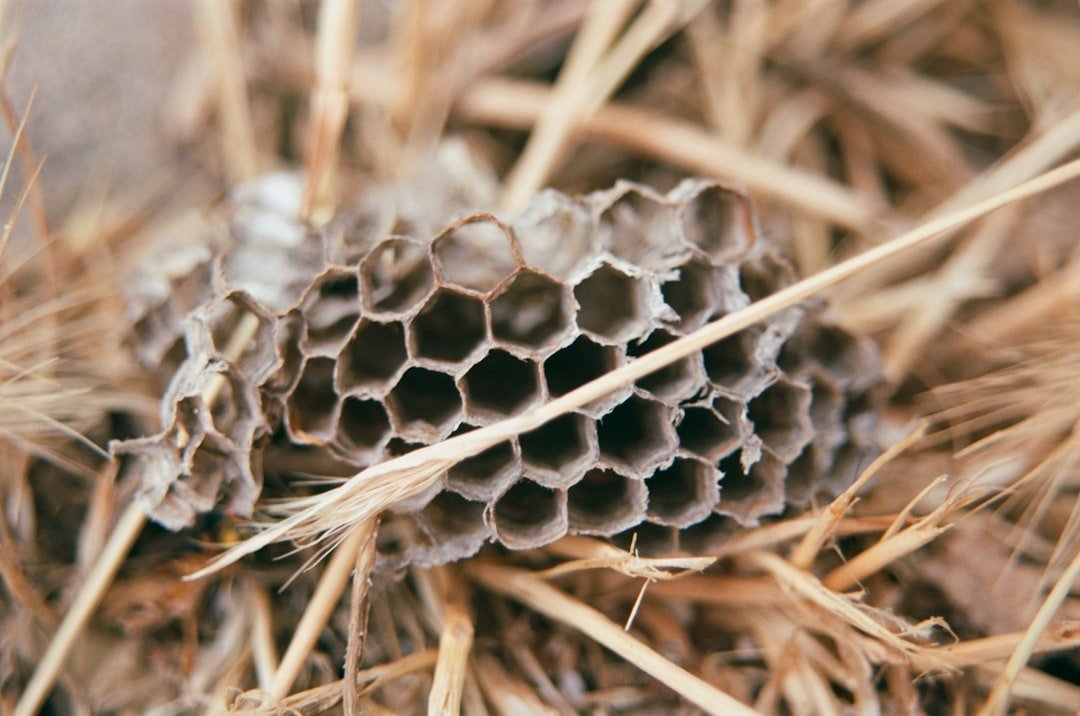
The science goes deeper than symbolism. Engineers study sharkskin-like microtextures to reduce drag, gecko-inspired surfaces to improve grip, and butterfly wing structures to create color without dyes. Designers study owl feathers’ silent flight properties for potential sound-dampening applications and from polar-bear fur to trap heat with less weight. These are not costumes; they’re performance upgrades born from evolution’s R&D lab. When such materials meet animal-coded silhouettes, function and narrative mesh into a potent signal. The result is clothing that feels like a creature because it behaves like one.
Structural color that never fades, jackets that vent like gills when you overheat, and fibers that stiffen under impact – these are moving from prototypes to products. Each leap brings ethical choices about sourcing, longevity, and end-of-life design, because a smarter fabric that lingers in landfills isn’t progress. Scientists now test biodegradability alongside abrasion resistance, treating ecosystems as end users. The more we align performance with planetary limits, the more credible our animal metaphors become. After all, the best costumes are honest about what they can do.
The Future Landscape

Tomorrow’s wardrobe assistants won’t just sort colors; they’ll map your mood to animal-informed silhouettes using computer vision and behavioral data, and suggest what to wear for the signal you intend. Imagine an app that sees you’re restless and recommends a hummingbird accent to boost social ease, or detects a focus-heavy day and builds a panther-leaning kit with breathable, sharkskin-inspired textures. As supply chains digitize, tags could verify cruelty-free and habitat-positive materials, turning ethics into an instantly readable badge. Digital closets will model repair and resale pathways, letting your “wolf” jacket live nine lives without new resource extraction. In that loop, sustainability becomes part of the archetype: a garment is wolf not just in shape, but in loyalty to long use.
There are pitfalls, and we should name them. Overfitting personality to archetypes can box people in, privacy risks grow when style meets data, and cultural signals deserve context to avoid appropriation. But the trajectory is promising: more transparency, more customization, and less waste. In a warming world, fabrics that cool like termite mounds or breathe like leaves aren’t just clever – they’re necessary. The wilder the science, the saner the closet.
Why It Matters
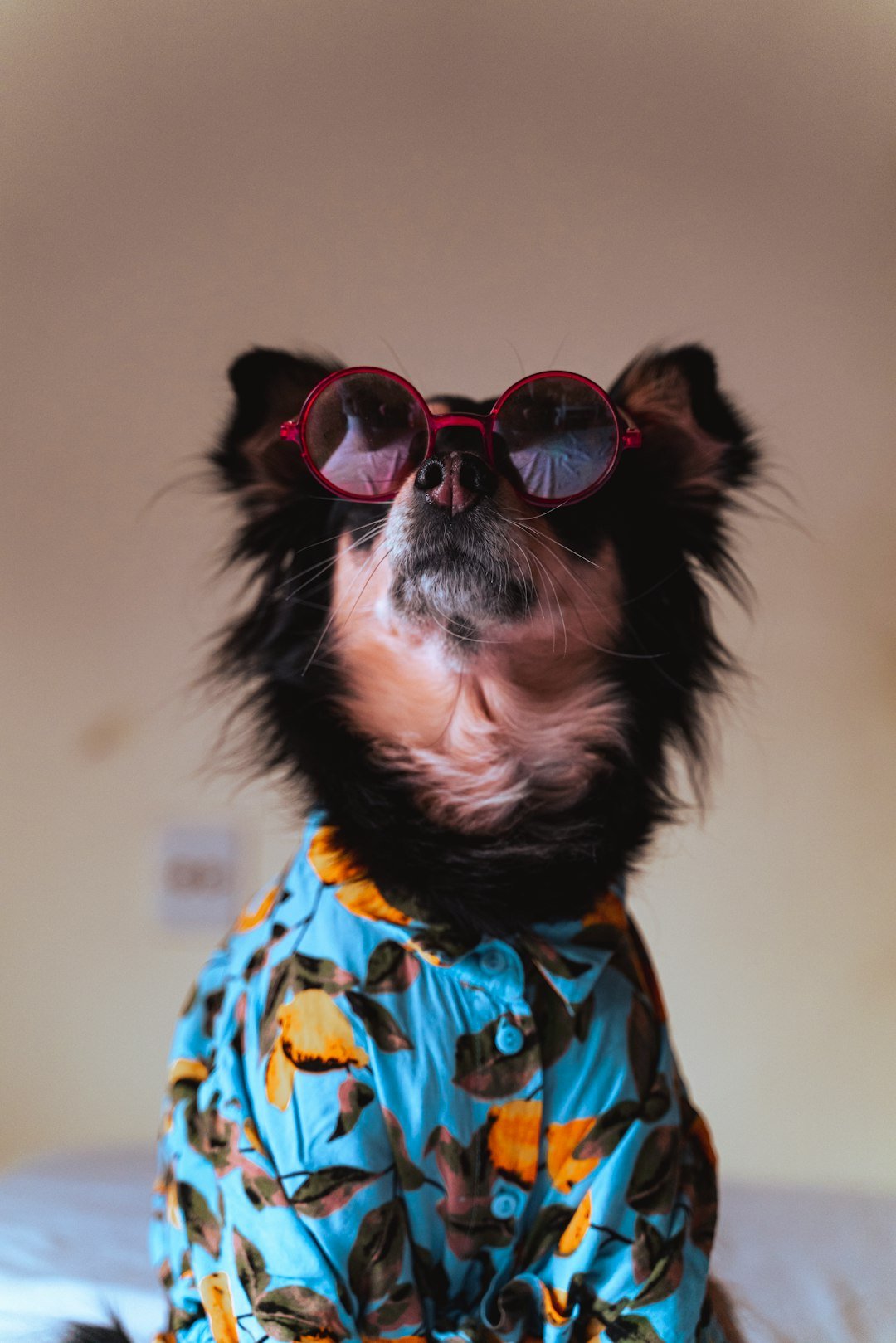
Decoding the animal logic of fashion isn’t a parlor trick; it’s a practical way to cut decision fatigue, sharpen communication, and reduce buyer’s remorse. Traditional style advice focuses on body types and trend cycles, which can feel arbitrary and change with the season. An animal-archetype lens ties choices to stable cognitive cues – shape, texture, movement – that the brain processes quickly, and that holds up across contexts. It also integrates with performance science, where materials chosen for their “creaturely” behavior do measurable work. In other words, this framework respects both story and physics.
The social ripple is real. When people dress with intention, they report greater confidence and fewer impulse purchases, which spares wallets and landfills alike. Teams can coordinate looks that align with shared goals – calming, energizing, or stealthy – without uniforms that erase individuality. And because animals are shared references, the language stays intuitive: a panther day needs no footnotes. The method is both ancient and modern, and that duality is why it sticks.
Conclusion
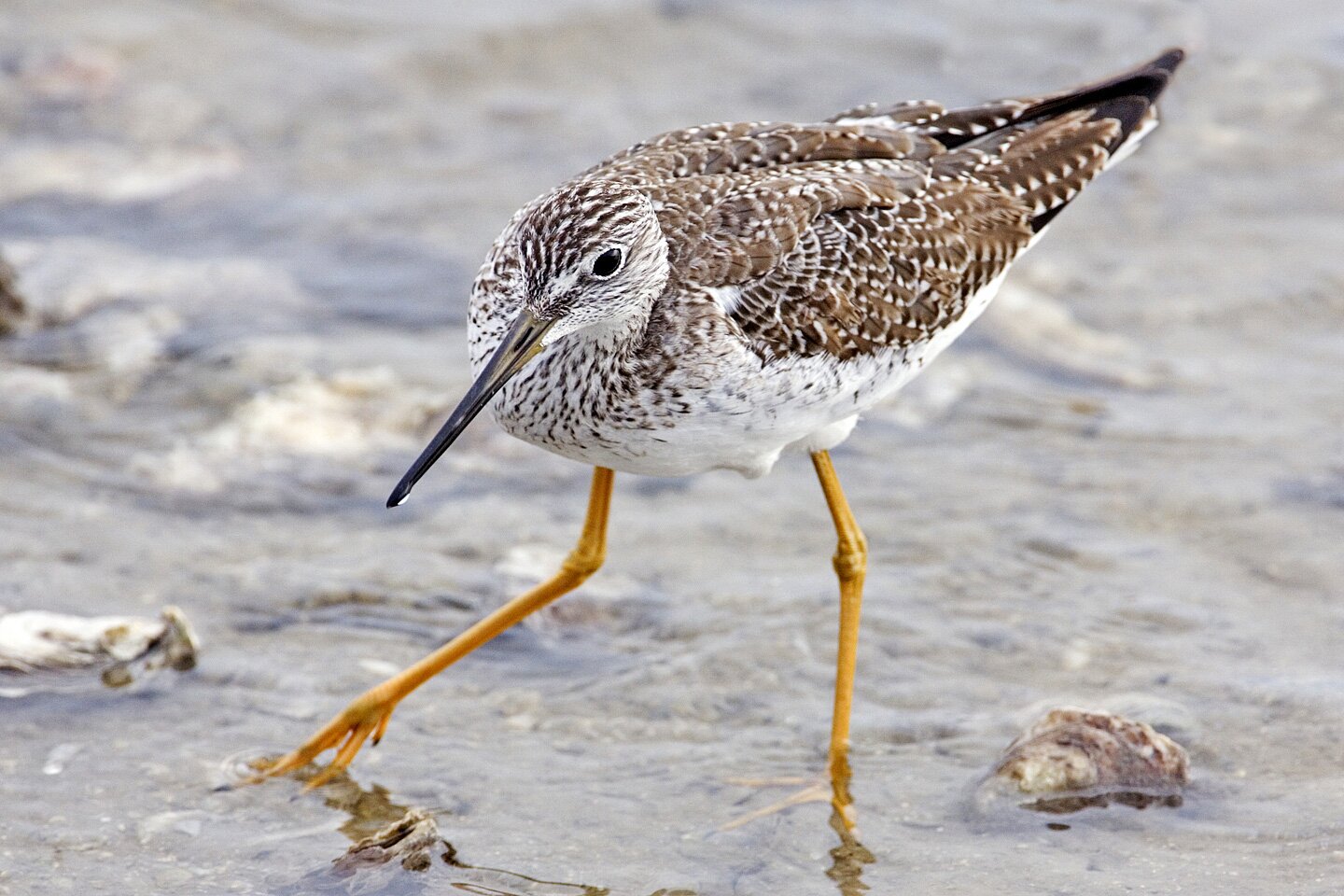
Try a one-week field study on yourself. Each morning, pick a spirit-animal direction – fox, panther, owl, wolf, hummingbird – and build two or three elements that fit the archetype through silhouette, texture, or color. Keep a tiny log of how you felt and what responses you noticed, then adjust the dial day by day. If you can, choose pieces made from biomimetic or low-impact materials, and repair or swap instead of buying new. Support artisans who tell animal stories with care, and scientists pushing textiles toward cleaner futures.
Your closet is already fluent in the wild; you’re just learning the grammar. Dress like the creature you need, not the trend you’re told to chase. Share the experiment with a friend and compare notes after a month – you might be surprised by what changes. The right clothes won’t turn you into a different species, but they can help the truest one show up. Which animal will you try on tomorrow?

Suhail Ahmed is a passionate digital professional and nature enthusiast with over 8 years of experience in content strategy, SEO, web development, and digital operations. Alongside his freelance journey, Suhail actively contributes to nature and wildlife platforms like Discover Wildlife, where he channels his curiosity for the planet into engaging, educational storytelling.
With a strong background in managing digital ecosystems — from ecommerce stores and WordPress websites to social media and automation — Suhail merges technical precision with creative insight. His content reflects a rare balance: SEO-friendly yet deeply human, data-informed yet emotionally resonant.
Driven by a love for discovery and storytelling, Suhail believes in using digital platforms to amplify causes that matter — especially those protecting Earth’s biodiversity and inspiring sustainable living. Whether he’s managing online projects or crafting wildlife content, his goal remains the same: to inform, inspire, and leave a positive digital footprint.




